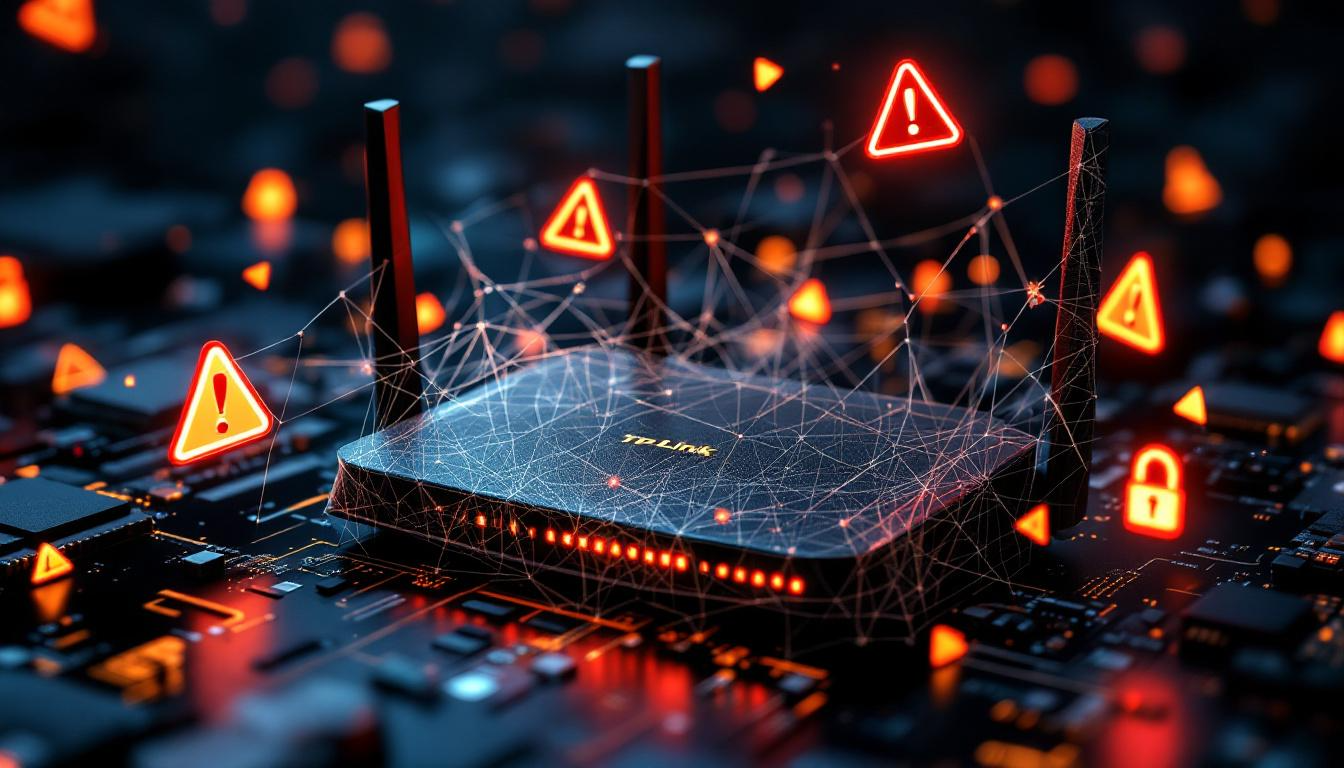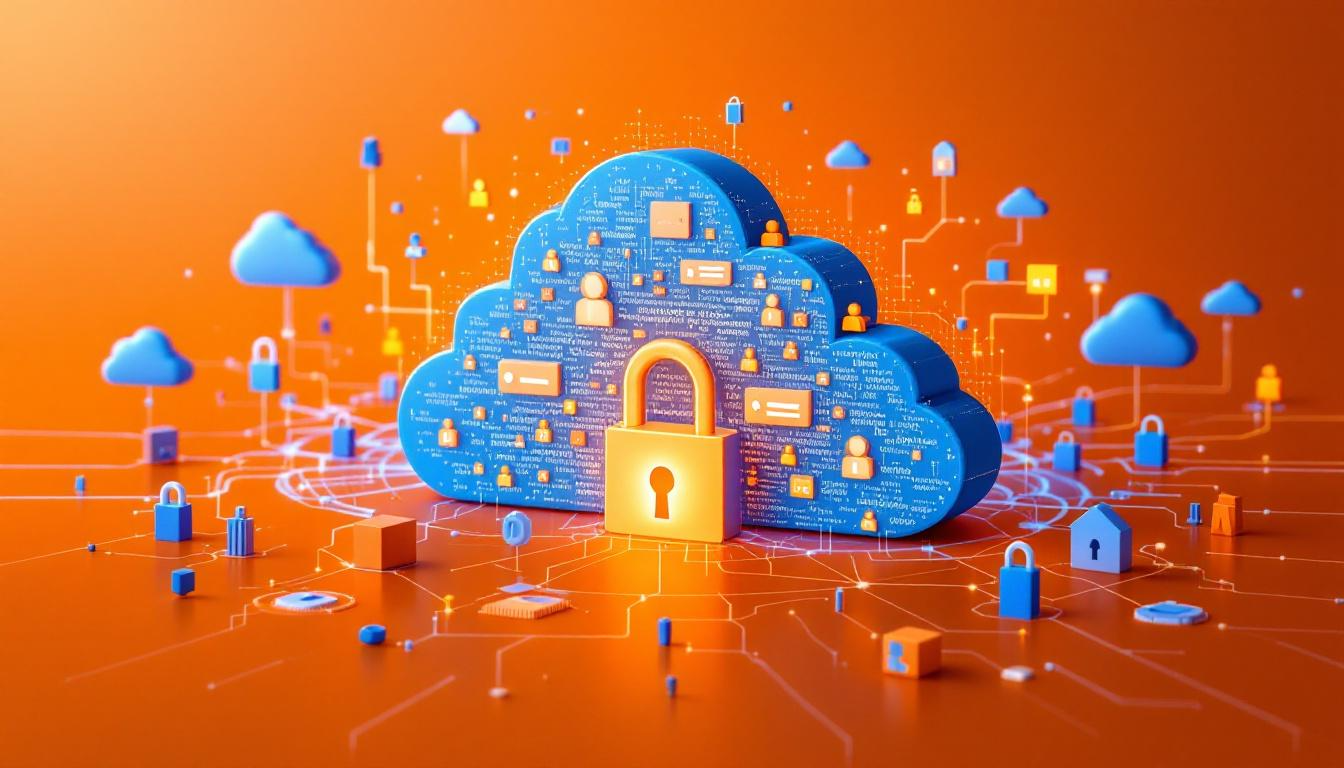
Essential Cybersecurity Practices Every Houston Business Employee Should Know
Cybersecurity Culture: Your Competitive Advantage in a Digital World – “Turn Every Team Member Into a Cybersecurity Guardian
Essential Cybersecurity Practices Every Houston Business Employee Should Know
For today’s business leaders, cybersecurity isn’t merely an IT concern—it’s a fundamental business risk that affects everything from operational continuity to customer trust and regulatory compliance. Despite investing in advanced security technologies, many organizations remain vulnerable due to one persistent factor: human behavior.
According to IBM’s Security Intelligence Report, 95% of cybersecurity breaches involve human error. This startling statistic underscores a critical reality: your technology is only as secure as the people who use it.
This guide offers executive decision-makers a framework for establishing essential cybersecurity practices that every employee should follow, transforming your workforce from a security vulnerability into a powerful defense layer.
 The Business Case for Employee Cybersecurity Training
The Business Case for Employee Cybersecurity Training
Before diving into specific practices, let’s examine why employee cybersecurity awareness matters to your bottom line:
- Financial Impact: The average cost of a data breach has reached $4.88 million in 2024 according to IBM’s 2024 Cost of a Data Breach Report, with SMBs facing proportionally higher costs relative to their size.
- Operational Disruption: Ponemon Institute research shows that the average ransomware attack causes 23 days of system downtime—a catastrophic business interruption for most organizations.
- Reputational Damage: According to PwC’s Consumer Intelligence Series, 85% of consumers will not do business with a company if they have concerns about its security practices.
- Regulatory Consequences: GDPR violations can result in fines up to €20 million or 4% of annual global turnover, with similar penalties under CCPA, HIPAA, and other frameworks.
 Essential Cybersecurity Practices
Essential Cybersecurity Practices
1. Password Management and Authentication
The Business Risk: Verizon’s Data Breach Investigations Report found that 81% of hacking-related breaches leverage stolen or weak passwords.
Essential Practices:
- Implement password managers company-wide
- Require strong, unique passwords for all accounts (12+ characters with complexity)
- Enable multi-factor authentication for all business applications
- Prohibit password sharing, even among team members
- Implement single sign-on (SSO) where appropriate
Executive Implementation Strategy: Designate a two-week transition period where IT support helps employees set up password managers and MFA. Make these non-negotiable company policies rather than recommendations.
2. Phishing Recognition
The Business Risk: According to CISCO’s 2023 Cybersecurity Threat Trends report, phishing accounts for more than 90% of data breaches.
Essential Practices:
- Verify unexpected emails through secondary channels
- Scrutinize sender addresses for slight misspellings
- Be suspicious of urgency or pressure tactics
- Never click email links requesting credential entry
- Report suspicious emails to IT immediately
Executive Implementation Strategy: Implement regular simulated phishing tests to identify vulnerable employees and focus additional training resources where needed.
3. Public Network Safety
The Business Risk: Symantec reports that 60% of system compromises involving remote workers occur via unsecured WiFi networks.
Essential Practices:
- Always use a company VPN when working remotely
- Avoid conducting sensitive business on public WiFi
- Disable auto-connect features for WiFi networks
- Use hotspots rather than public WiFi when traveling
- Enable firewall protections at all times
Executive Implementation Strategy: Ensure VPN solutions are user-friendly and provide clear guidelines for remote work security expectations.
4. Device Security
The Business Risk: According to Kensington, a laptop is stolen every 53 seconds, with 70% of data breaches involving physical devices.
Essential Practices:
- Never leave devices unattended in public
- Lock screens when stepping away (even momentarily)
- Keep operating systems and software updated
- Encrypt all company devices
- Use tracking software for company equipment
Executive Implementation Strategy: Implement automatic updates and mandatory screen timeouts across company devices. Make these technical controls automatic rather than optional.
5. Data Handling
The Business Risk: The Ponemon Institute reports that mis-delivery of sensitive information causes 36% of accidental data breaches.
Essential Practices:
- Classify data based on sensitivity
- Verify recipient information before sending sensitive data
- Use secure sharing methods rather than email attachments
- Properly dispose of physical documents containing sensitive information
- Follow a clean desk policy for papers and visible screens
Executive Implementation Strategy: Develop clear data classification guidelines and provide secure sharing tools that are easier to use than insecure alternatives.
 Implementing a Security-Aware Culture
Implementing a Security-Aware Culture
Technology alone cannot solve cybersecurity challenges. Creating a security-aware culture requires ongoing leadership commitment:
- Lead by Example: Executives must visibly follow the same security practices expected of employees
- Regular Training: According to SANS Institute, employees who receive monthly security awareness training are 50% less likely to fall for phishing attempts compared to those trained annually
- Positive Reinforcement: Recognize and reward security-conscious behaviors rather than only penalizing mistakes
- Clear Reporting Procedures: Ensure employees know how to report potential security incidents without fear of reprisal
- Incident Response Plan: Develop and regularly test procedures for addressing security breaches when they occur
 How CinchOps Strengthens Your Security Posture
How CinchOps Strengthens Your Security Posture
CinchOps helps organizations implement comprehensive cybersecurity training programs that transform employee behavior:
- Custom Training Programs: We develop security awareness training tailored to your specific business risk profile
- Simulated Phishing Campaigns: Our controlled tests identify vulnerable employees before real attackers do
- Executive Security Briefings: We provide leadership teams with actionable security intelligence relevant to your industry
- Policy Development: We create clear, enforceable security policies aligned with business objectives
For today’s business leaders, cybersecurity isn’t optional—it’s essential to operational continuity, customer trust, and regulatory compliance. While technology plays a crucial role, the human element remains both your greatest vulnerability and your strongest potential defense.
Discover more about our enterprise-grade and business protecting cybersecurity services on our Cybersecuritypage.
By implementing these essential cybersecurity practices and fostering a security-aware culture, you transform your workforce from a security liability into a powerful protection layer. Contact CinchOps today to discuss how our computer support services can help strengthen your organization’s security posture through comprehensive employee cybersecurity training.
FREE CYBERSECURITY ASSESSMENT



